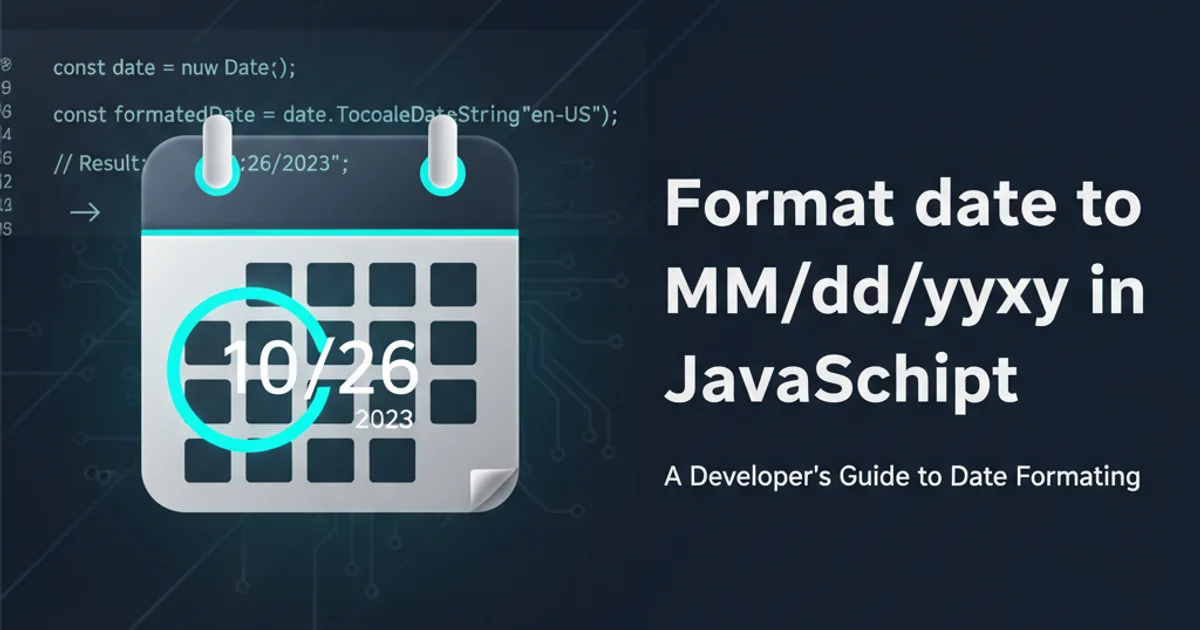How to optimize Read and Write to subsections of a matrix in R (possibly using data.table)
Categories:
Optimizing Read/Write Operations on Matrix Subsections in R

Learn efficient techniques for reading from and writing to specific subsections of matrices in R, focusing on performance with base R and data.table.
Working with large matrices is a common task in R, especially in scientific computing, data analysis, and machine learning. Often, you don't need to process the entire matrix but rather specific subsections. Efficiently reading from and writing to these subsections can significantly impact the performance of your R code. This article explores various methods, comparing their performance and highlighting best practices using both base R and the data.table package.
Understanding Matrix Subsetting in R
R provides powerful indexing capabilities for matrices. You can subset by row and column indices, logical vectors, or even by names if the matrix dimensions are named. The fundamental syntax for subsetting a matrix M is M[rows, columns]. Understanding how R handles these operations internally is key to optimizing performance.
flowchart TD
A[Start] --> B{Identify Target Subsection}
B --> C{Define Row/Column Indices}
C --> D{Read Operation: M[rows, cols]}
C --> E{Write Operation: M[rows, cols] <- values}
D --> F[Process Data]
E --> G[Update Matrix]
F --> H[End]
G --> HBasic workflow for matrix subsection operations
Base R Approaches for Subsetting
Base R offers several ways to access and modify matrix subsections. The most straightforward is direct indexing. For large matrices, pre-allocating memory and avoiding unnecessary copies are crucial for performance. When writing to a subsection, ensure the dimensions of the replacement values match the dimensions of the subsection being replaced.
# Create a large matrix
mat <- matrix(runif(1e6 * 100), nrow = 1e6, ncol = 100)
# Read a subsection (e.g., rows 1000-1010, columns 5-10)
subsection_read <- mat[1000:1010, 5:10]
# Write to a subsection
# Ensure replacement values match dimensions
mat[2000:2010, 1:3] <- matrix(0, nrow = 11, ncol = 3)
# Using logical indexing
logical_rows <- mat[,1] > 0.9
subsection_logical <- mat[logical_rows, 10:15]
Examples of reading and writing matrix subsections using base R indexing.
Leveraging data.table for Performance
While data.table is primarily known for its efficiency with data frames, it can also be used effectively with matrices by converting them to data.table objects. The data.table package is optimized for speed and memory efficiency, especially for large datasets. Its [.data.table method is highly optimized for subsetting, aggregation, and updating by reference.
library(data.table)
# Convert matrix to data.table
dt <- as.data.table(mat)
# Read a subsection (e.g., rows 1000-1010, columns V5-V10)
# data.table uses V1, V2, ... for column names if not specified
subsection_dt_read <- dt[1000:1010, .(V5, V6, V7, V8, V9, V10)]
# Write to a subsection by reference (:=)
# This modifies 'dt' directly without making a copy
dt[2000:2010, `:=`(V1 = 0, V2 = 0, V3 = 0)]
# More complex update by reference
dt[V4 > 0.9, `:=`(V1 = 100, V2 = 200)]
Reading and writing to a data.table converted from a matrix.
:= operator in data.table is crucial for performance when modifying data. It performs updates by reference, meaning it modifies the existing data.table object directly rather than creating a copy. This can lead to significant memory and speed improvements for large datasets.Performance Comparison and Best Practices
To illustrate the performance differences, let's conduct a simple benchmark. We'll compare base R indexing with data.table operations for both reading and writing to subsections of a large matrix. The choice between base R and data.table often depends on the specific task and the size of your data.
library(data.table)
library(microbenchmark)
# Setup: Large matrix
N_rows <- 1e5
N_cols <- 50
mat <- matrix(runif(N_rows * N_cols), nrow = N_rows, ncol = N_cols)
dt <- as.data.table(mat)
# Define a subsection
rows_to_access <- sample(1:N_rows, 1000)
cols_to_access_base <- 10:20
cols_to_access_dt <- paste0("V", 10:20)
# Data for writing
write_data_base <- matrix(0, nrow = length(rows_to_access), ncol = length(cols_to_access_base))
write_data_dt <- as.list(as.data.frame(write_data_base))
names(write_data_dt) <- cols_to_access_dt
cat("\nBenchmarking Read Operations:\n")
print(microbenchmark(
base_R_read = mat[rows_to_access, cols_to_access_base],
data_table_read = dt[rows_to_access, ..cols_to_access_dt],
times = 50
))
cat("\nBenchmarking Write Operations:\n")
# Create fresh copies for each write benchmark to avoid cumulative changes
mat_write <- matrix(runif(N_rows * N_cols), nrow = N_rows, ncol = N_cols)
dt_write <- as.data.table(mat_write)
print(microbenchmark(
base_R_write = {
temp_mat <- mat_write # Copy to avoid modifying original for benchmark
temp_mat[rows_to_access, cols_to_access_base] <- write_data_base
},
data_table_write = {
temp_dt <- copy(dt_write) # Copy to avoid modifying original for benchmark
temp_dt[rows_to_access, (cols_to_access_dt) := write_data_dt]
},
times = 50
))
Benchmarking read and write operations for matrix subsections using base R and data.table.
The benchmark results often show that for simple direct indexing, base R can be competitive or even faster for smaller matrices. However, as the matrix size grows, or when complex conditional subsetting and updates by reference are involved, data.table typically outperforms base R due to its highly optimized C-level implementations and efficient memory management. For data.table read operations, using ..cols_to_access_dt (or mget(cols_to_access_dt)) is important for selecting columns dynamically.
Matrix for sparse matrices or bigmemory for out-of-memory data handling. These specialized packages can offer significant advantages over standard R matrices or data.table for specific use cases.